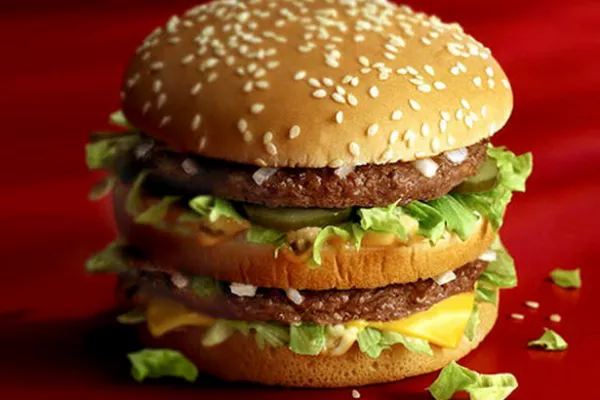McDonald’s is making a new push to get franchisees to upgrade their kitchen equipment, aiming to win back customers with improved fried chicken and higher-end desserts. It won’t be cheap.
The company’s independent operators, who own about 92 percent of the more than 14,000 McDonald’s restaurants in the U.S., may have to shell out about $100,000 per store for new equipment, along with other upgrades like LED lighting, according to internal company documents provided to Bloomberg News. The documents were part of a presentation package sent from corporate headquarters to franchisees this month.
The new costs would be on top of those that are part of the chain’s ongoing Experience of the Future modernization program, which can run as high as $700,000 per restaurant. The corporate office pays 55 percent of the cost of those upgrades. The average U.S. McDonald’s restaurant has annual sales of $2.57 million, according to the research firm Technomic.
The plan may increase tension between McDonald’s and its franchisees, which have a history of occasional strife. The parent company has started shedding mom-and-pop owners in favour of larger operators who can afford pricey renovations and new technology. And a franchisee survey from 2015 showed that McDonald’s owners were pessimistic about the company’s turnaround efforts after a prolonged sales slump, even amid the rollout of all-day breakfast.
Under the new program detailed in the documents, franchisees may have to buy new espresso machines, a baked-goods display case and a cream-and-sugar dispenser to improve the company’s McCafe line of coffee and drinks. Some may balk at the required spending for upgraded equipment.
“They never take it well initially,” said Fred LeFranc, founding partner at restaurant adviser Results Thru Strategy. “The inherent cynicism is that it is for the benefit of the franchisor, who is top-line focused.”
As part of the most recent push, McDonald’s started testing buttermilk fried-chicken tenders earlier this year in Charlotte, North Carolina. The idea is to create the “next generation” of chicken -- all white meat with no artificial flavors or preservatives. The aim is for McDonald’s to provide the “best” chicken among quick-service restaurants, according to the documents sent to franchisees. While McDonald’s sells poultry that was previously frozen, rivals such as KFC prepare it fresh.
For the past two years, McDonald’s has been focused on improving its business following a prolonged sales slump. Chief Executive Officer Steve Easterbrook is looking to speedier kitchens, improved drive-thru ordering and even delivery to help pump up sales and pull more U.S. customers from competitors.
McDonald’s declined to comment on the documents. The company is working on “better value, core menu enhancements and restaurant modernization,” spokeswoman Lauren Altmin said in an email. “We are committed to moving faster than ever before to become a better McDonald’s.”
The Big Mac seller announced on Thursday that its vanilla soft-serve dessert no longer has artificial flavors, colors or preservatives. McDonald’s also is working on premium sundaes and dessert stations, the documents said.
Sales Slump
The changes are meant to boost traffic, which has dropped domestically for the past four years. And while Oak Brook, Illinois-based McDonald’s posted surprisingly strong sales in the first quarter, customer counts were still negative, Chief Financial Officer Kevin Ozan said during a conference call last month.
In March, company executives said McDonald’s had lost over 500 million transactions in its home market since 2012. Most of those customers defected to other traditional fast-food competitors, not fancier or fast-casual-style chains like Chipotle Mexican Grill Inc. and Panera Bread Co., according to company officials.
Terry Smith, who owns three McDonald’s in New Jersey, says his priority is investing in new pressure fryers and refrigerators to cook and store fresh chicken, which he says is plumper and juicier than the frozen version. While the costs are of concern, he’s optimistic about a corporate parent that’s now willing to take risks.
“My standpoint would be that yes, it does provide a little bit of uneasiness,” he said of the increased expenses. “But I’d rather do that than nothing.”
News by Bloomberg, edited by Hospitality Ireland









